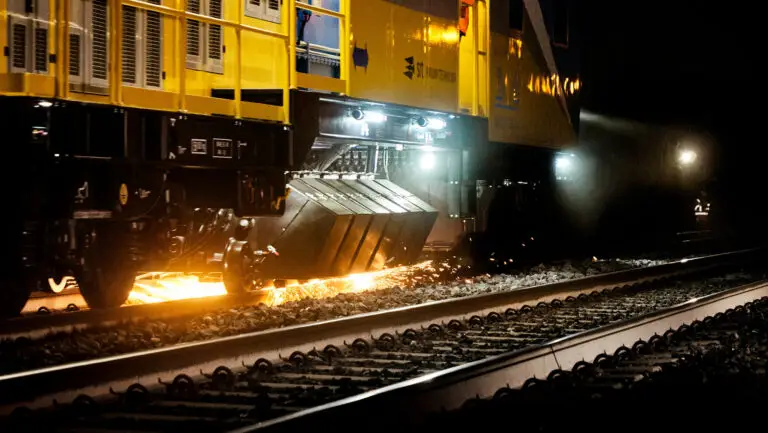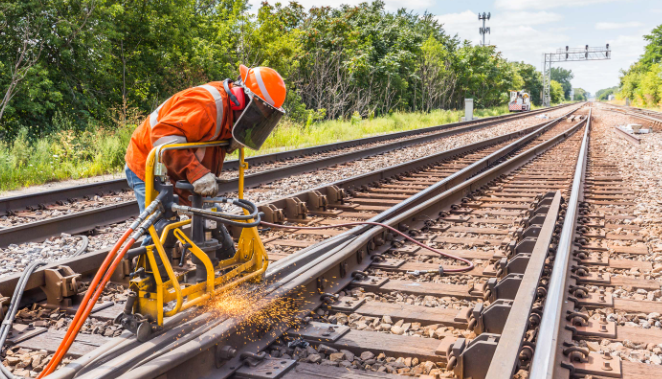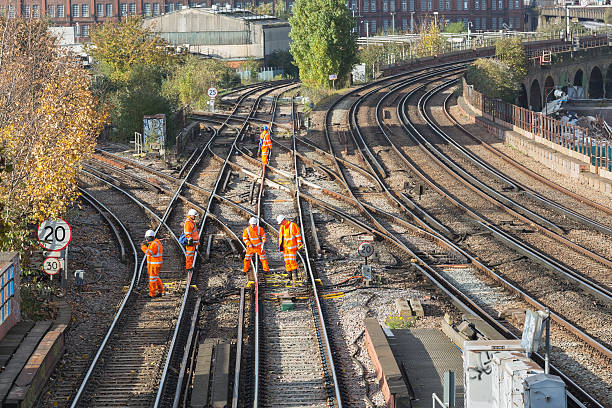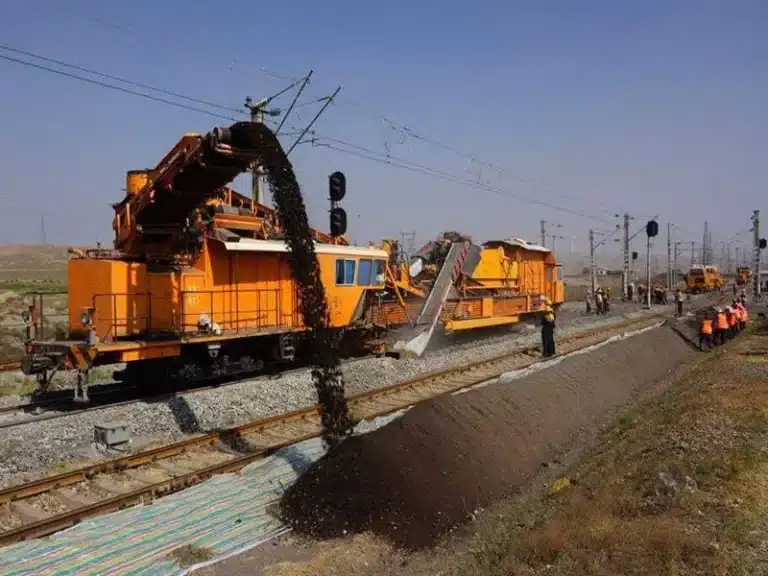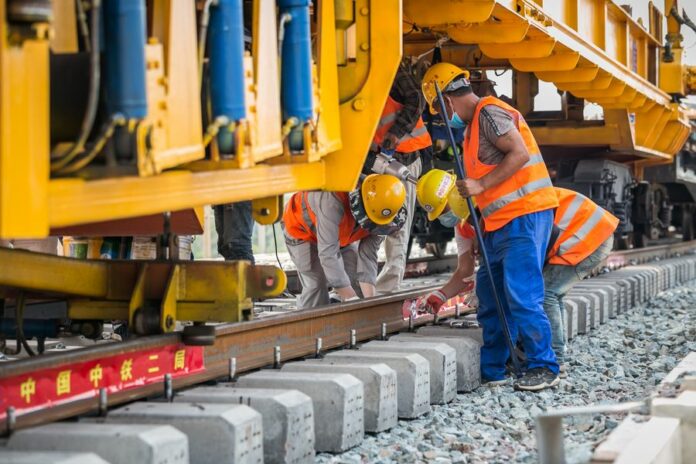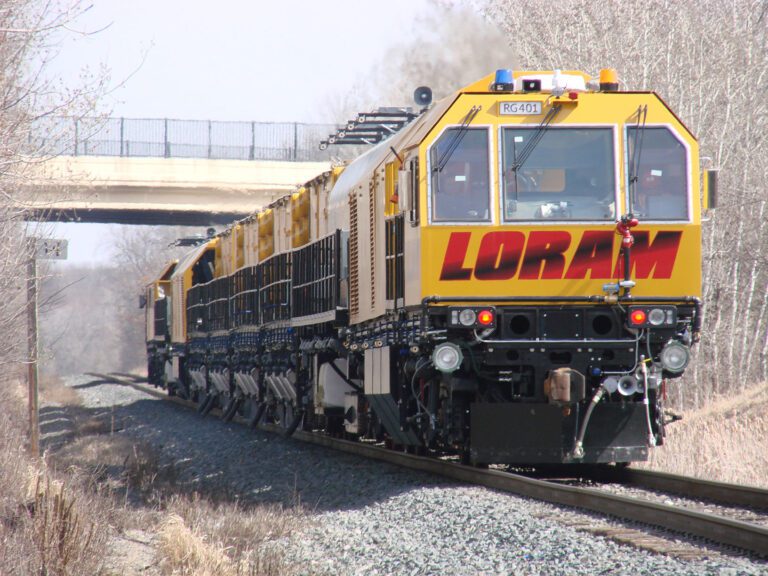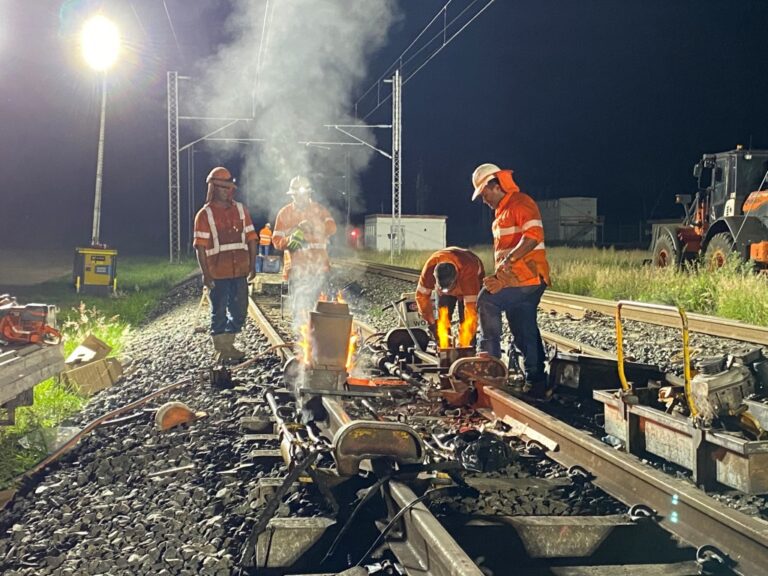A Deep Dive into Europe's Rail Maintenance Ecosystem
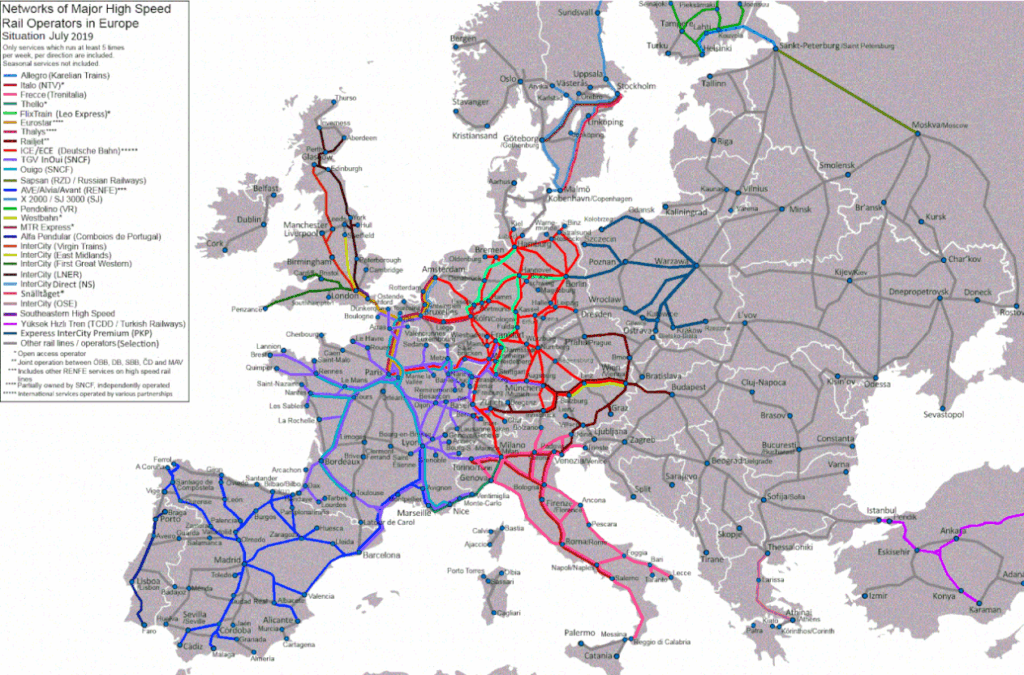
While high-speed trains and digital signalling capture headlines, the true resilience of Europe’s railway system is forged in the less-glamorous world of maintenance. A robust, technologically advanced, and efficient maintenance ecosystem is the critical, unsung hero ensuring the safety, reliability, and sustainability of continental rail transport.
This blog post dissects the complex and specialized landscape of European rail maintenance companies, moving beyond a simple directory to explore their strategic roles, technological capabilities, and the market forces shaping their future.
Market Overview: A Sector in Transition
The European rail maintenance market is a multi-billion-euro industry characterized by steady growth, driven by several key factors:
- Ageing Assets: A significant portion of Europe’s rail infrastructure and rolling stock requires sophisticated life-extension programs and predictive maintenance.
- EU Policy & Modal Shift: The European Green Deal’s ambition to make transport more sustainable is pushing for a shift from road to rail, increasing demand for network capacity and reliability.
- Technological Disruption: Digitalisation, IoT, and Big Data are transforming traditional corrective maintenance into predictive and prescriptive models.
The market is a mix of state-owned infrastructure managers, large multinational industrial groups, and a vibrant layer of specialized, agile SMEs, each occupying a critical niche.
The Maintenance Value Chain: Key Players and Their Specialisations
The industry can be segmented by its position in the maintenance value chain, from large-scale system integrators to hyper-specialised technology providers.
1. The System Integrators & Comprehensive Service Providers
These are the major players who manage large-scale, long-term maintenance contracts. They often provide end-to-end solutions, from fleet maintenance to full infrastructure management.
- Alstom (France) & Siemens Mobility (Germany): As original equipment manufacturers (OEMs), they hold a strategic advantage. They secure long-term Full-Service Maintenance Contracts for the fleets they build (e.g., Alstom’s 10-year contract for the Coradia Stream trains in Germany). Their service includes dedicated maintenance depots, spare parts logistics, and fleet performance guarantees.
- Network Rail (UK): As the owner and operator of most of Britain’s railway infrastructure, its maintenance scope is monumental: 20,000 miles of track, 30,000 bridges, and thousands of signals. It represents the state-centric model of direct infrastructure management.
- Bane NOR (Norway) & ProRail (Netherlands): Similar to Network Rail, these state-owned entities are responsible for the entire national rail infrastructure, from tracks and tunnels to traffic management. They often outsource specific maintenance projects to private contractors.
2. Specialised Rolling Stock Maintainers
This segment focuses exclusively on the maintenance, repair, and overhaul (MRO) of locomotives, passenger coaches, and freight wagons. They are the backbone of fleet availability.
- Angel Trains / Eversholt Rail (UK): As major rolling stock leasing companies (ROSCOs), they not only own assets but also manage complex maintenance regimes for their extensive fleets, often contracting specialised firms for execution.
- Euromaint (Sweden) & DB Regio Werk (Germany): These companies offer comprehensive MRO services across Europe. Euromaint, for instance, provides lifecycle management, heavy repairs, and component overhaul for both passenger and freight operators.
- Rail Wagon Services (RWS, Netherlands): A prime example of a niche, agile player. Based in the Port of Rotterdam, RWS specialises in **24/7 mobile repair services**, offering rapid response for freight operators to minimise asset downtime.
3. Infrastructure-Focused Engineers
These companies specialise in the “fixed” part of the railway: tracks, bridges, electrification, and signalling systems.
- Rhomberg Sersa Rail Group (International, HQ in Austria/Switzerland): A leading specialist in track construction and maintenance, known for its expertise in mechanised track laying and innovative maintenance solutions for infrastructure owners.
- Strukton Rail (Netherlands): A key player in the Benelux region and beyond, offering a full range of services from design and construction to long-term maintenance of rail infrastructure.
- Infranord (Sweden): Owned by the Swedish state, it is a specialist in building and maintaining railway infrastructure across the Nordic region, with deep expertise in managing challenging climatic conditions.
4. Technology & Innovation Disruptors
A new breed of companies is driving the sector’s digital transformation, offering data-driven solutions that enhance precision, efficiency, and safety.
- ELPA (Slovenia): A technology leader in railway friction management. Its WONROS™ system is an advanced onboard solution that optimises wheel-rail friction, significantly reducing noise, wear, and energy consumption—a prime example of preventive technology.
- Yellow Rail (UK): This innovator has developed RaiLaser, a portable wheelset measurement system, and the UK’s first mobile CNC wheel-turning solution. This brings depot-level precision to the trackside, dramatically reducing maintenance downtime.
- SKF (Sweden) & Siemens: These industrial giants provide advanced **condition monitoring systems**. Using networks of sensors and AI-driven analytics, they enable predictive maintenance by forecasting component failures before they occur.
Strategic Imperatives & Future Outlook
The European rail maintenance sector is not static. Several strategic trends are defining its future trajectory:
- The Shift to Predictive Maintenance: The industry is moving from scheduled, time-based maintenance to a data-driven, condition-based approach. The integration of IoT sensors and AI analytics allows for “just-in-time” maintenance, maximising asset utilisation and reducing costs.
- Standardisation and Open Data: The EU’s drive for technical interoperability (TSI) is extending into maintenance. Standardised data protocols will enable better collaboration between different stakeholders and facilitate the adoption of continent-wide digital solutions.
- The Skills Gap and Automation: An ageing workforce necessitates new approaches. Companies are investing in augmented reality for remote expert support, training simulators, and robotics for dangerous or repetitive tasks like track inspection or grinding.
- Lifecycle Management & Sustainability: There is a growing focus on the entire asset lifecycle, from eco-design for easier maintenance to end-of-life recycling. Maintenance is increasingly viewed as a key lever for improving the circular economy of railway systems.
Conclusion
Europe’s rail maintenance industry is a sophisticated, multi-layered ecosystem that is fundamental to the continent’s transportation policy. It is a dynamic field where traditional engineering excellence is converging with cutting-edge digital technology. For rail operators and infrastructure managers, success now hinges on strategically partnering with the right mix of large-scale integrators, specialised maintainers, and innovative tech disruptors. The companies that master this complex interplay will not only ensure the safe and punctual running of trains today but will also lay the tracks for a more reliable, efficient, and sustainable European railway network for decades to come.
